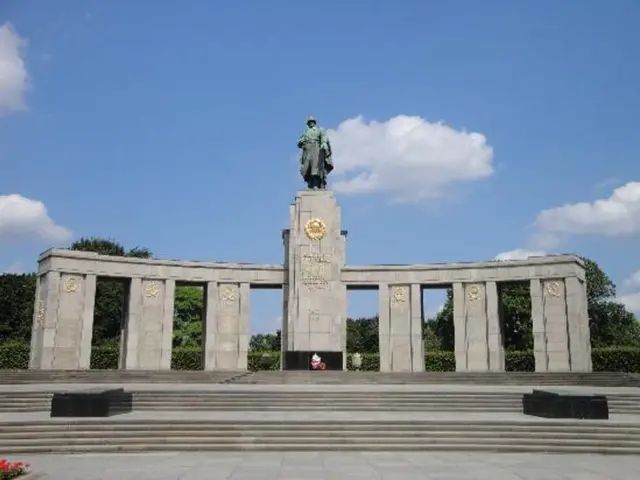Turkey's cultural attractions and museums experience an increase in tourists
In a testament to Turkey's rich cultural heritage, the country has seen a significant increase in the number of immovable cultural assets, museums, and registered protected areas. According to data released by the Turkish Statistical Institute (TÜİK) on September 5, the total number of immovable cultural assets in Turkey has risen by 2.1%, reaching 127,285.
The surge in cultural assets is mirrored by a similar growth in museums. Turkey now boasts 636 museums, an increase of 5%. Among these, 217 museums are under the Ministry, 401 are private institutions, and 18 are under the National Palaces Directorate.
The increased number of museums has attracted a record-breaking number of visitors. Last year, Turkey's museums and historical sites saw a 10.6% increase in visitors, totaling nearly 61.7 million. Istanbul, a major urban and historical tourism hub, recorded the highest visitor numbers, with over 18 million. İzmir and Nevşehir followed, with significant visitor numbers as well.
The surge in visitors reflects Turkey's enduring cultural appeal. Paid visits to museums and sites run by the culture ministry totaled almost 19 million, generating over 5.1 billion Turkish Liras in revenue. This equates to over $123.6 million in US dollars.
The revenue generated by paid visits is a crucial source of income for the preservation and maintenance of these historical sites. The museum collections in Turkey grew modestly to nearly 4 million objects, with the majority held by ministry-run institutions, including coins, archaeological finds, ethnographic items, and tablets.
Archaeological sites make up the bulk of the registered protected areas in Turkey, which also saw an increase. These protected areas are essential in safeguarding Turkey's cultural heritage for future generations.
In conclusion, Turkey's cultural assets continue to thrive, attracting record-breaking numbers of visitors and generating significant revenue. The country's rich history and cultural appeal remain a major draw for tourists, ensuring Turkey's position as a significant player in the global tourism industry.
Read also:
- Enhancing Marketing Efforts Through Creative Design!
- Top 3 Standout PS5 Role-Playing Games Apart from Cyberpunk 2077
- Substantial Gain for PS Plus in Recent Months - Featured Free Platformer as Impressive as Astro Bot
- Greenland filmmaker Inuk Silis Høegh is preparing his feature documentary 'Orsoq,' which focuses on life in isolation at the Earth's extremity.






